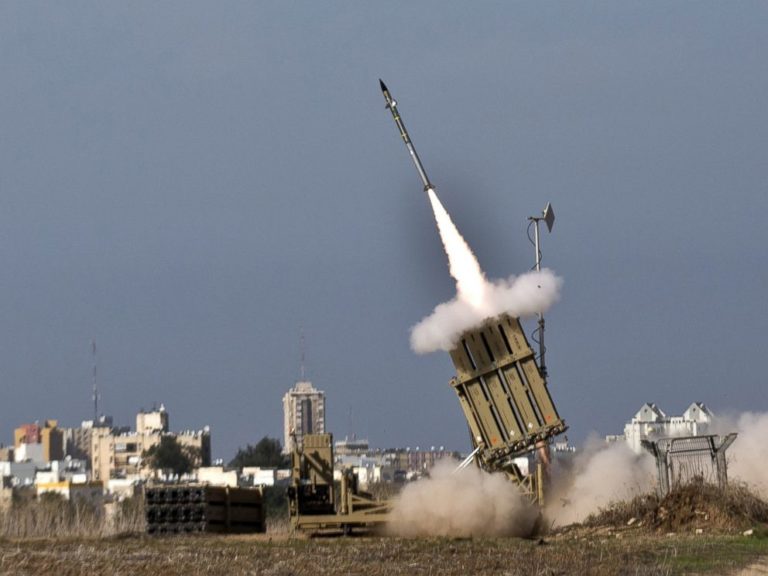The Knesset Subcommittee for Homefront Preparedness headed by MK (Machane Tzioni) Amir Peretz, held a session to address the state of preparedness of local councils nationwide in light of recent security events. Taking part in the session were IDF Homefront Commander Major-General Tamir Yedai, Chaim Bibas, who heads the Union of Local Authorities and leaders of local authorities from around the country.
Peretz began by stating that today, everyone is paying attention to the south, but in fact, the situation can move to anyplace in a moment, and the preparation that was set into place over recent years in southern Israel must be copied in the north. Peretz added that today, there is a surplus of funding in national coffers, adding, “I turn to the Prime Minister and Finance Minister – reducing taxes is cute, but this results in a few tens of shekels for each person in his monthly salary, nothing significant. Utilizing the money for improving the status of preparedness for attack in northern Israel is a onetime investment that will save lives and I am certain all Israeli citizens ill support this.
Bibas agreed, adding that particularly today, with the nation’s attention focused on this issue, now is the time to launch a project to close the gaps between preparedness for attack between the north and south. That gap in safe rooms and shelters stands at about 30% in the private sector (private homes) and 80% in the public sector when speaking of public bomb shelters for apartment residents. Bibas warns, “We dare not delay but rather to join forces of all the relative agencies to make certain the homefront stand ready. If we wait for a plan and budgets over the next 5-10 years, we will find ourselves adding a great deal more from the next catastrophe”.
Major-General Yedai stated, “We enjoy total cooperation from all government ministries and local municipalities. However, there is still no initiative from anyone or source calling to improve the state of preparedness in local authorities. We deal with authorities to write updated regulations for and to provide answers to varying emergencies. The local authorities take part in training preparedness exercises, each according to its size and threat to the community.
It is important for me to add then when we assess our enemy’s threat and abilities. The protection provided to communities today is equipped to deal wi 92% of our enemy’s arsenal based on the assessment we are not dealing with a direct hit.”
The gap in fortification however stands at 28% of residents of the State of Israel, who do not have fortification that meets today’s standards – which translates to 2.5 million residents or 700,000 households.
The senior officer also points out that 27% of the nation’s public shelters are meeting the old low standard, and essential services for citizens will only be operational in 35% of them in an emergency situation.
Eli Regev, who heads the Emergency Unit of the Ministry of the Interior, explains, “We are working with the IDF Homefront Command to assist in get local authorities up to standard in the event of an emergency. The Interior Minister is working day and night to secure a budget of an additional NIS 70 million for this purpose, money that he realizes is available from government surplus.”
Chairman Peretz added, “We are using the current situation to move forward. The committee will continue meeting with all relevant agencies towards reaching understanding vis-à-vis the distribution of authority and responsibility for the homefront.
(YWN Israel Desk – Jerusalem)











